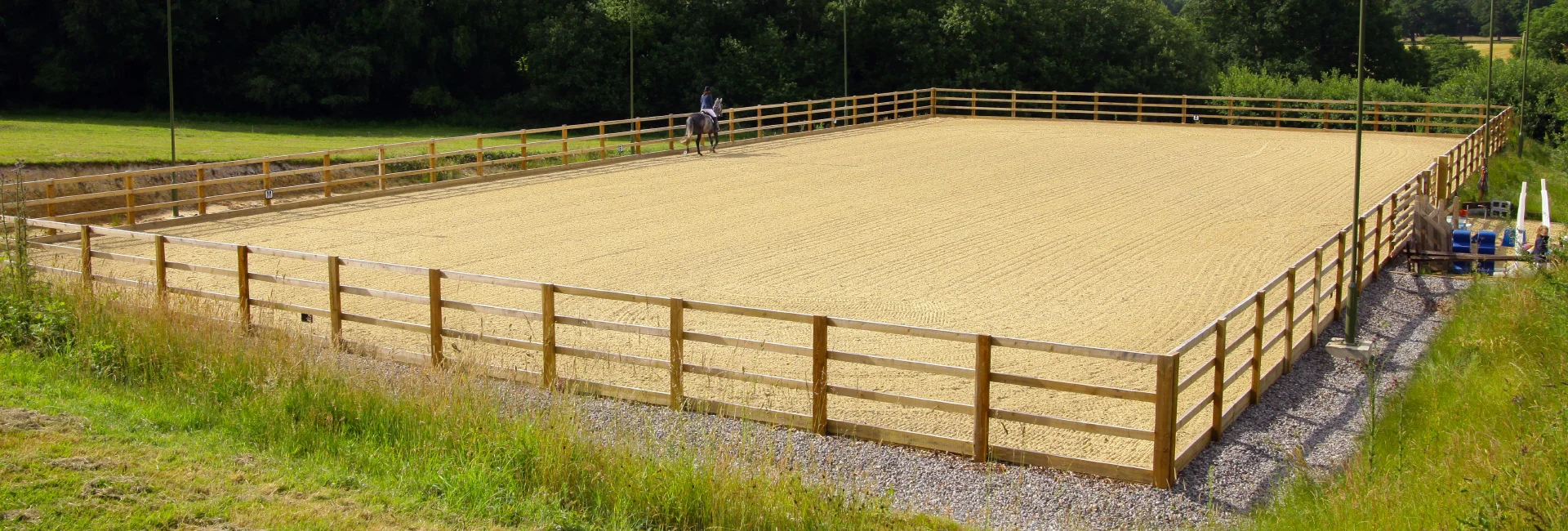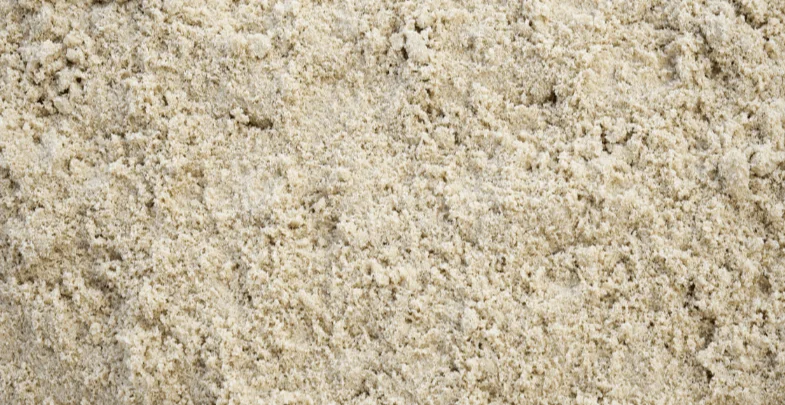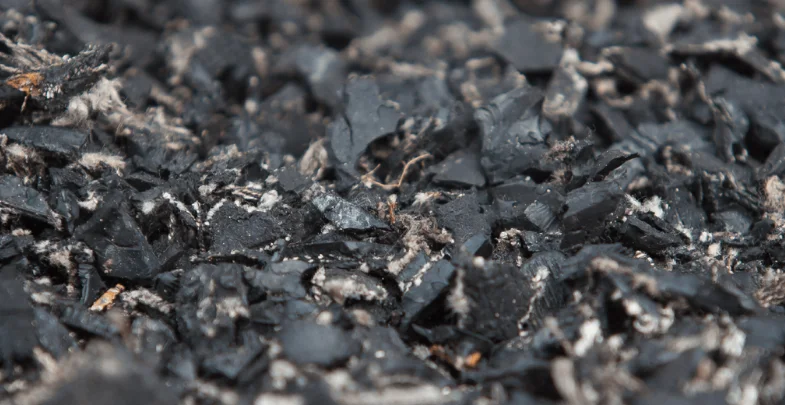
The History of Horse Riding Surfaces
The history of horse riding surfaces dates back to ancient times when horses were first domesticated and used for transportation, hunting, and warfare.
Initially, horses were ridden on natural surfaces such as grass.
As horse riding became more popular and specialised, riders began to seek surfaces that were more consistent and predictable, leading to the creation of purpose-built riding arenas.
The first riding arenas were typically made on grass or with sand, which provided a relatively soft and forgiving surface for horses to land on.
Over time, advances in technology and materials led to the development of more advanced riding surfaces, such as those made from rubber, sand and fibre blends.
In recent years, there has been a growing trend towards more sustainable horse riding surfaces, such as those made from recycled materials.
Overall, the history of horse riding surfaces reflects the evolution of horse riding as a sport and the ongoing quest to create surfaces that are safe, consistent, and provide the best possible experience for both horse and rider.
Here are some additional details about the different types of horse riding surfaces:
Sand

Sand is a natural material that is often used for horse riding surfaces. It has a soft and forgiving nature but requires regular maintenance to keep it performing at its best.
Rubber

Rubber is a synthetic material that is often used in horse riding surfaces. It is very durable and provides a good level of cushioning for horses. Rubber is also generally inexpensive and relatively easy to install.
Sand and fibre blends

Sand and fibre blends are a type of synthetic surface that combines the benefits of sand and fibre. They are durable, offer good cushioning, and are relatively easy to maintain.
The best type of horse riding surface for you will depend on your individual needs and preferences. If you are looking for a high-performing and forgiving surface that is easy to maintain, sand and fibre may be a good option for you.
It is important to note that there is no one-size-fits-all answer to the question of what is the best type of horse riding surface.
The best surface for you will depend on your individual needs, preferences and, ultimately, your budget.
It is important to do your research and consult with an expert to find the best surface for you and your horse.
